Ever imagined waking up to crystal clear waters, white sandy beaches, and breathtaking mountain views? Archipelagos around the world offer exactly that kind of paradise living.
These island clusters combine natural beauty with unique cultures, creating some of Earth’s most magical places to call home.
From tropical havens to arctic wonders, these island groups will have you browsing real estate listings before you finish reading.
1. Bora Bora, French Polynesia
Turquoise lagoons surrounding a dormant volcano create the ultimate South Pacific fantasy. Mount Otemanu rises dramatically from the center, while overwater bungalows dot the shoreline like something from a honeymoon brochure come to life.
The barrier reef creates a natural swimming pool with water so clear you can spot colorful fish from your deck. French influence blends with Polynesian culture in the cuisine and laid-back lifestyle.
Year-round temperatures hover around 80°F, making every day feel like summer vacation. Residents enjoy paddleboarding at sunrise and watching spectacular sunsets paint the sky in shades of orange and pink.
2. The Bahamas
Seven hundred islands and cays scatter across the Atlantic like emerald jewels on blue velvet. Only about 30 are inhabited, giving you plenty of options for isolation or community living.
The famous pink sand beaches of Harbour Island look unreal even in person. Swimming pigs greet visitors at Big Major Cay, while massive underwater cave systems attract divers from around the world.
Bahamian life revolves around the sea—fishing, sailing, and beach barbecues define the culture. Tax advantages make it particularly attractive for expatriates looking to stretch retirement dollars while living in what most would consider paradise.
3. Vanuatu, Oceania
Volcanoes rise from emerald jungles on this Y-shaped chain of 83 islands. Locals celebrate one of the happiest cultures on Earth despite limited material wealth—a philosophy that draws people seeking simpler living.
Active volcano Mount Yasur on Tanna Island puts on nightly fireworks displays of bubbling lava. The islands boast blue holes—natural swimming pools formed by freshwater springs—where you can float beneath rainforest canopies.
Traditional village life continues much as it has for centuries in rural areas. Bungee jumping was actually invented here as a coming-of-age ritual where young men leap from tall wooden towers with vines tied to their ankles.
4. Tierra del Fuego, Argentina
At the southernmost tip of South America lies this windswept archipelago where mountains meet sea. The main island resembles Alaska more than typical South American landscapes, with snow-capped peaks reflecting in glacier-fed lakes.
Ushuaia, the world’s southernmost city, serves as gateway to Antarctica and starting point for incredible hiking trails. Wildlife thrives in this remote corner—penguins waddle along beaches while condors soar overhead.
Summer days stretch incredibly long here, with nearly 18 hours of daylight in December. The name ‘Land of Fire’ comes from early explorers who spotted indigenous people’s campfires along the coastline, creating a mysterious glow visible from passing ships.
5. Palau, Oceania
Scattered across the western Pacific, Palau’s 340 islands resemble green mushrooms rising from electric blue waters. The Rock Islands Southern Lagoon, a UNESCO World Heritage site, features hundreds of limestone islands covered in jungle vegetation.
Jellyfish Lake contains millions of golden jellyfish that have evolved without stingers, allowing visitors to swim safely among them. Palau leads in marine conservation with the world’s first shark sanctuary and a pledge required from visitors to protect the environment.
Traditional village systems still govern many aspects of life. Locals navigate between islands in wooden outrigger canoes using knowledge passed down through generations about currents, stars, and wave patterns.
6. Maldives
Imagine 1,200 islands arranged in a double chain of 26 atolls, each surrounded by its own lagoon of impossible blue. Most islands rise barely six feet above sea level, creating the sensation of living directly on the ocean.
Nearly every resort occupies its own private island, offering ultimate seclusion. The underwater world steals the show with vibrant coral gardens and marine life—manta rays, whale sharks, and thousands of tropical fish species.
Traditional dhoni boats with distinctive curved prows transport people between islands. At night, some beaches glow with bioluminescent plankton that light up like blue stars with each footstep, creating natural light shows that seem too magical to be real.
7. Philippines
With over 7,600 islands, this Southeast Asian archipelago offers endless exploration possibilities. Only about 2,000 islands are inhabited, leaving pristine beaches and hidden coves waiting to be discovered.
The Chocolate Hills of Bohol feature over 1,200 perfectly cone-shaped mounds that turn brown in dry season. Underground rivers flow through cave systems in Palawan, while the rice terraces of Banaue have been called the ‘Eighth Wonder of the World.’
Filipino hospitality makes visitors feel instantly welcome. Fresh mangoes, considered the world’s best, grow abundantly here, and seafood goes straight from ocean to plate in coastal communities where fishing remains the primary livelihood.
8. Fiji, Oceania
More than 330 islands create this South Pacific paradise where the greeting ‘Bula!’ (life) captures the joyful local philosophy. Only about a third of islands are inhabited, with white sand beaches and palm trees creating postcard-perfect landscapes.
The soft coral capital of the world lies underwater here, with the Rainbow Reef featuring every color imaginable. Traditional villages maintain customs like kava ceremonies and lovo feasts where food cooks underground.
Fiji’s multicultural heritage blends indigenous, Indian, and colonial influences. The natural phenomenon of firewalking originated on Beqa Island, where descendants of ancient warriors walk barefoot across super-heated stones without burning their feet—a spectacle that continues to amaze scientists.
9. Phi Phi Islands, Thailand
Rising dramatically from the Andaman Sea, these six islands feature towering limestone cliffs covered in lush vegetation. Made famous by the movie ‘The Beach,’ Maya Bay’s perfect crescent of sand draws visitors despite temporary closures for ecological recovery.
Long-tail boats painted in bright colors zip between islands, creating iconic silhouettes against the sunset. Monkeys swing through trees while monitor lizards sun themselves on rocks, giving the islands a prehistoric feel.
No cars exist on the islands—transportation happens by foot or boat only. At night, fire dancers perform on the beach under starry skies, while bioluminescent plankton create natural light shows in the water when disturbed by swimmers.
10. Langkawi, Malaysia
Ninety-nine islands (according to local legend) make up this archipelago where dense rainforest meets white sand beaches. Duty-free status makes living costs surprisingly affordable despite the luxury surroundings.
Cable cars climb to Gunung Machinchang, offering panoramic views across to Thailand. The Sky Bridge dangles 2,300 feet above sea level, suspended from a single pylon and swaying gently in the breeze.
Eagles soar above mangrove forests that can be explored by boat or kayak. According to myth, the islands were cursed by a wronged maiden named Mahsuri, who bled white blood when executed—the curse supposedly lifted after seven generations, coinciding with Langkawi’s rise as a tourist destination.
11. Azores, Portugal
Nine volcanic islands rise from the mid-Atlantic, creating Europe’s westernmost outpost. Green pastures cover rolling hills where dairy cows produce some of the world’s best cheese, while hydrangeas grow wild along roadsides in stunning blue-purple carpets.
Natural hot springs bubble throughout the islands, creating free outdoor spas. The volcanic soil produces unique wines and tea—the only tea plantation in Europe thrives here.
Whale watching reaches peak excitement as 27 different cetacean species pass through these waters. The islands maintain a delightful old-world charm with cobblestone streets and colorful Portuguese architecture, yet offer modern amenities including excellent healthcare and internet connectivity for remote workers.
12. Balearic Islands, Spain
Four main islands create this Mediterranean paradise where Spanish lifestyle meets island tranquility. Mallorca’s dramatic mountains and hidden coves contrast with Ibiza’s legendary nightlife and growing wellness scene.
Menorca maintains a quieter atmosphere with prehistoric stone monuments and the world’s second-largest natural harbor. Formentera’s pristine beaches rival the Caribbean with powdery white sand and transparent waters.
Local cuisine celebrates Mediterranean ingredients—olive oil, tomatoes, and fresh seafood feature prominently. Traditional fincas (farmhouses) converted into stylish homes dot the countryside, while ancient villages perched on hillsides offer spectacular sea views and a strong sense of community for those seeking the authentic island lifestyle.
13. New Caledonia, French territory
The world’s largest lagoon surrounds this French territory, creating a massive natural aquarium protected by UNESCO. The barrier reef stretches 930 miles, second only to Australia’s Great Barrier Reef.
French meets Melanesian in this unique cultural blend where baguettes are sold alongside traditional taro dishes. The main island’s spine features mountains and valleys filled with unique plants found nowhere else on Earth.
The rare cagou bird, unable to fly and found only here, has become the national symbol. Heart-shaped mangrove formations create natural artwork visible from above, while the Loyalty Islands offer traditional village life where ancient customs continue alongside modern conveniences.
14. Hawaii, USA
Eight major islands plus numerous smaller ones form America’s tropical paradise where Polynesian culture meets Western convenience. Each island has its own personality—Kauai’s dramatic Na Pali coast contrasts with Big Island’s active volcanoes and black sand beaches.
Fresh fruits grow year-round, with farmers markets offering just-picked pineapples, papayas, and apple bananas. The spirit of aloha permeates daily life, creating a culture of kindness and connection.
Surfing originated here, with legendary North Shore waves drawing professionals worldwide. Despite being the most isolated population center on Earth (2,390 miles from California), Hawaii offers excellent healthcare, education, and amenities while maintaining its unique island character and natural beauty.
15. Svalbard, Norway
For those seeking Arctic adventure rather than tropical heat, this Norwegian archipelago sits halfway between mainland Norway and the North Pole. Polar bears outnumber humans on these islands where winter brings months of darkness and summer offers the midnight sun.
Glaciers cover 60% of the land, creating a pristine wilderness unlike anywhere else. The Global Seed Vault, humanity’s backup plan for crop diversity, is buried deep in the permafrost here.
Despite the remote location, Longyearbyen offers surprising amenities including excellent restaurants and cultural events. Northern lights dance across winter skies while summer brings tundra blooming with tiny, colorful flowers that survive against all odds in this harsh but mesmerizingly beautiful environment.
16. Bermuda, British territory
One hundred eighty islands, most uninhabited, form this Atlantic gem just a two-hour flight from New York City. Pink sand beaches result from crushed red shells mixing with white sand, creating shorelines that seem filtered through Instagram.
Colonial architecture painted in pastel colors lines narrow streets where cars are limited and scooters become the transportation of choice. The Gulf Stream creates a microclimate warmer than the island’s latitude would suggest.
Underground crystal caves feature chandelier-like formations reflected in crystal-clear pools. Business-friendly tax policies have created a financial hub while maintaining strict environmental protections—no billboards or fast food chains disrupt the island’s carefully preserved charm and natural beauty.
17. Aegean Islands, Greece/Turkey
Scattered across the Aegean Sea between Greece and Turkey, these islands blend ancient history with Mediterranean beauty. Santorini’s white-washed buildings cling to volcanic cliffs, while Rhodes preserves medieval architecture within ancient walls.
Each island maintains distinct character—Mykonos offers cosmopolitan energy while Ikaria’s residents are famous for their longevity. Blue-domed churches stand against whitewashed buildings, creating the iconic Greek island aesthetic.
Local tavernas serve fresh-caught fish, garden vegetables, and olive oil pressed from trees growing since ancient times. The Meltemi winds provide natural air conditioning during summer months, while winter brings peaceful solitude to islands that have witnessed civilization’s ebb and flow for thousands of years.

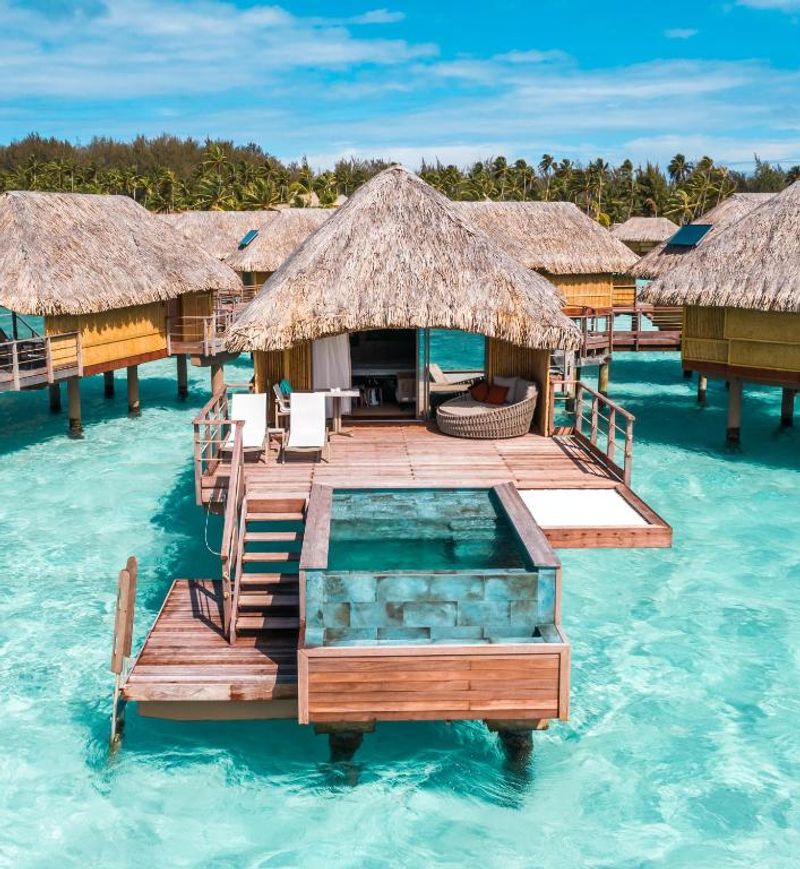
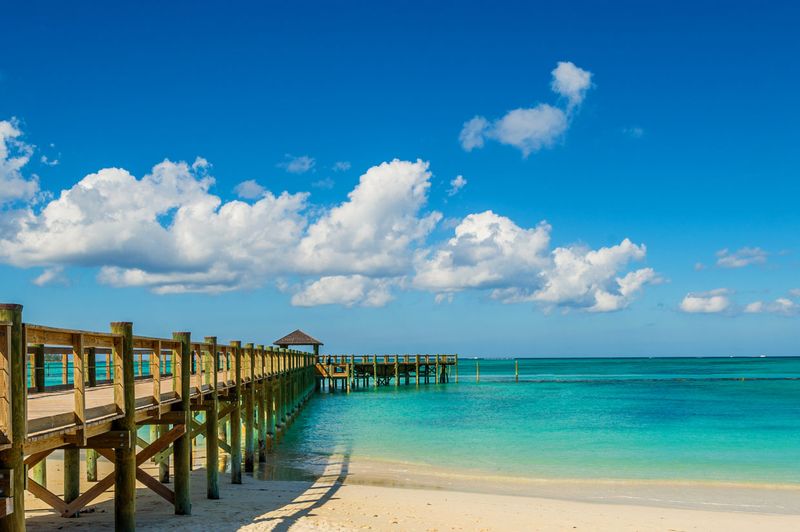
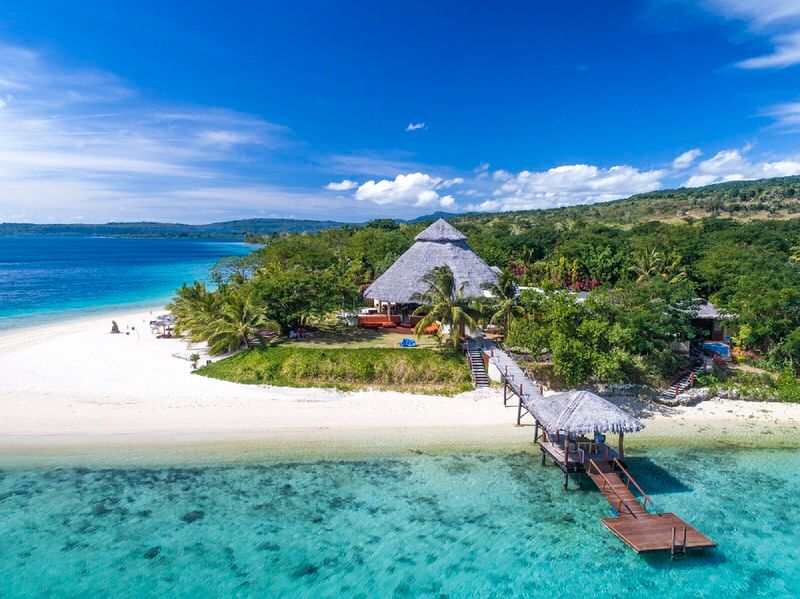
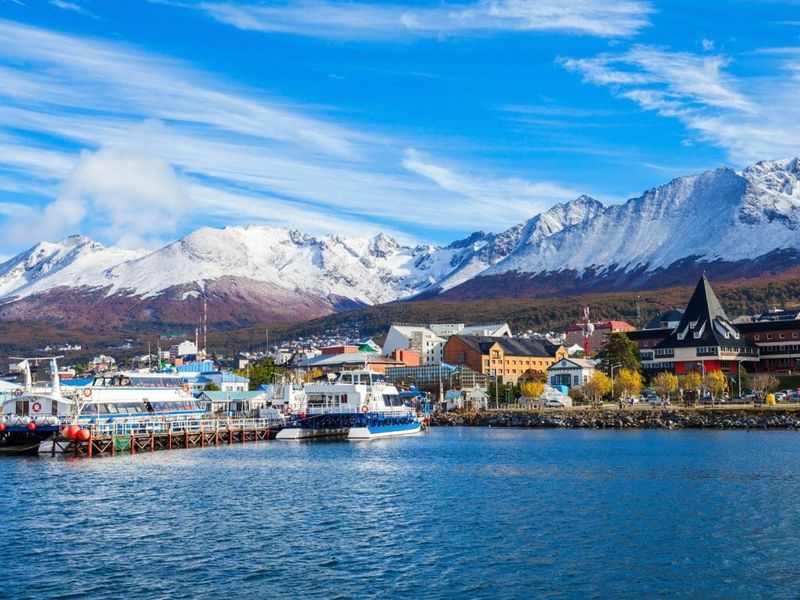
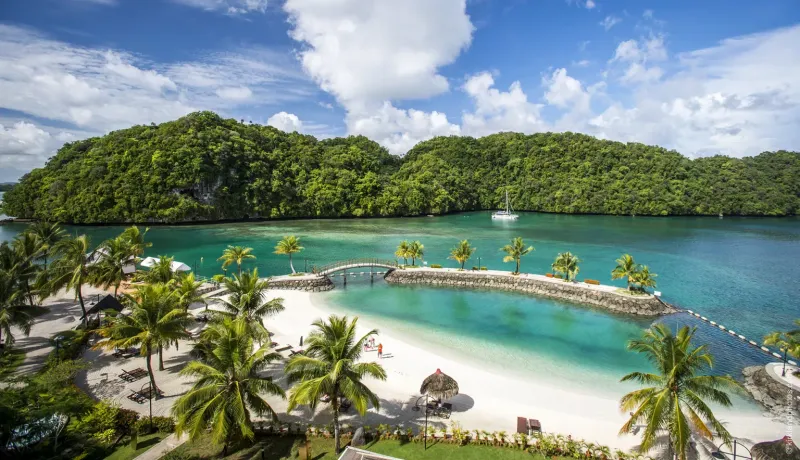
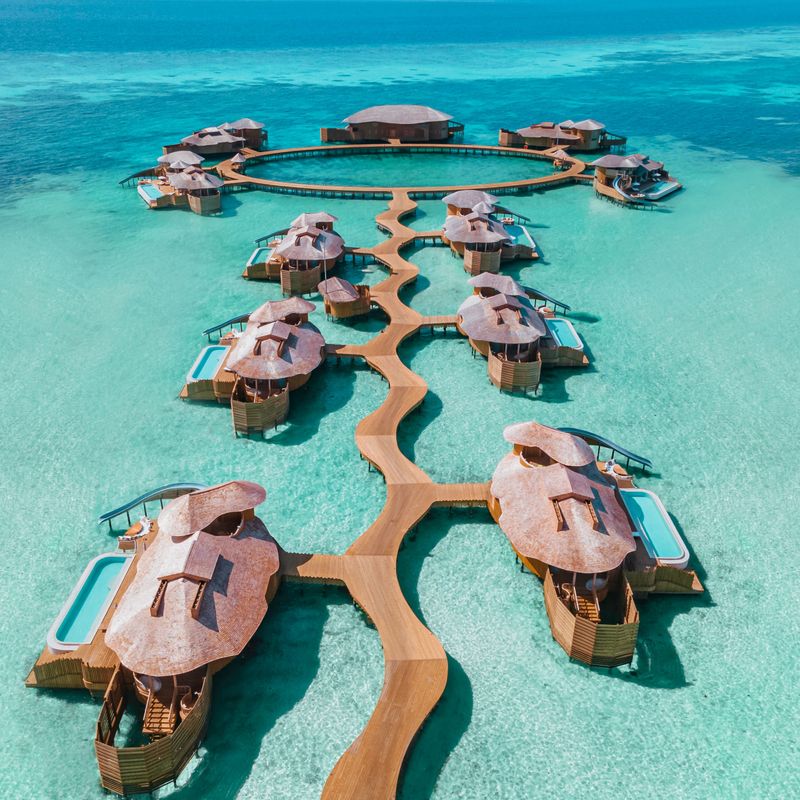
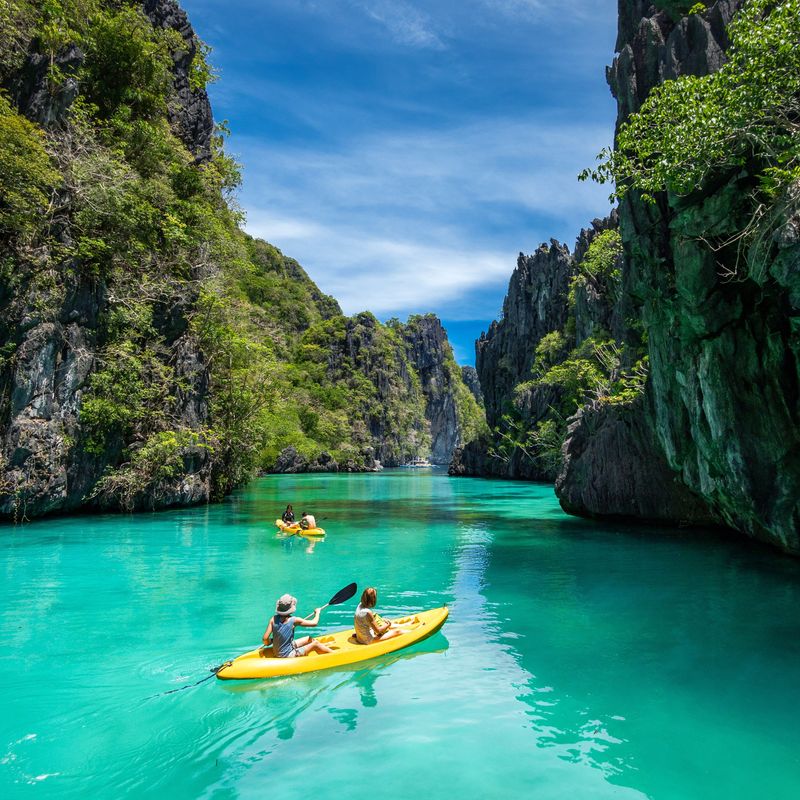
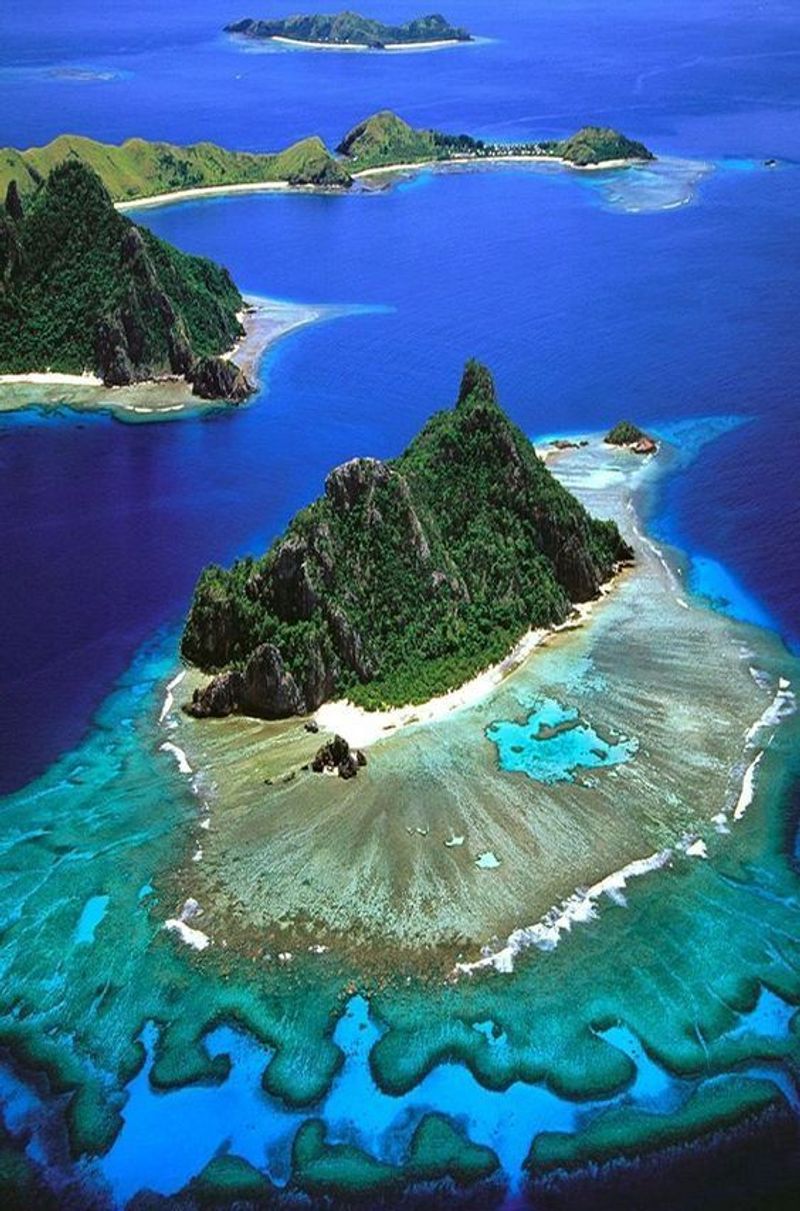
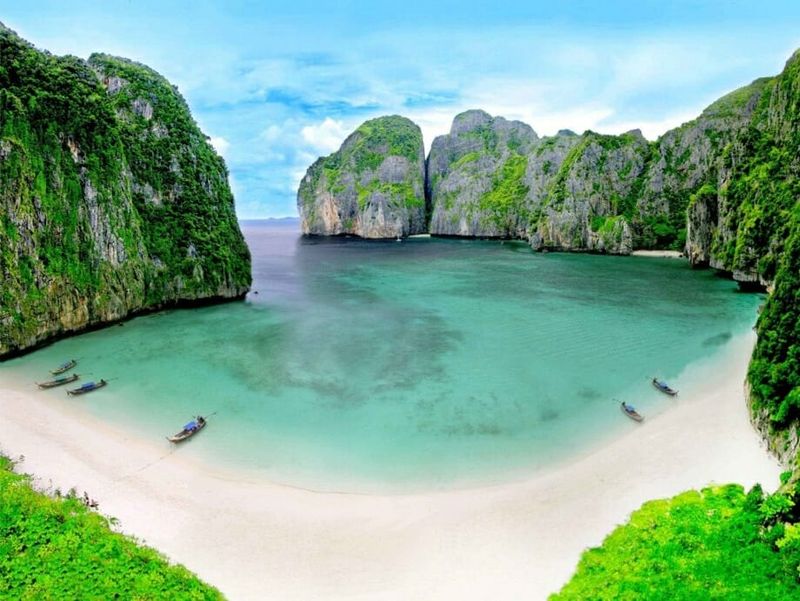
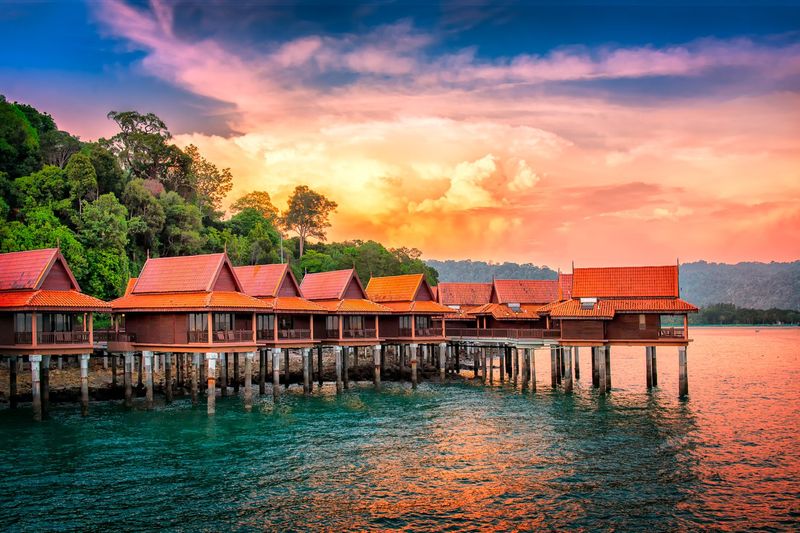
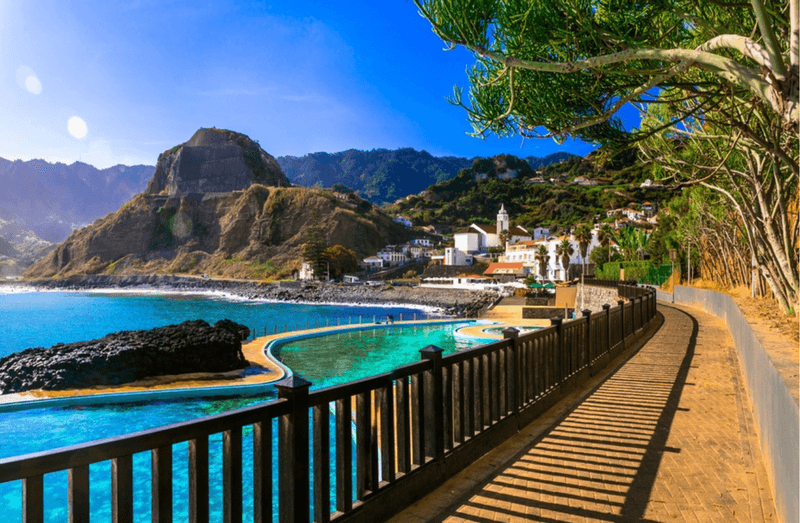
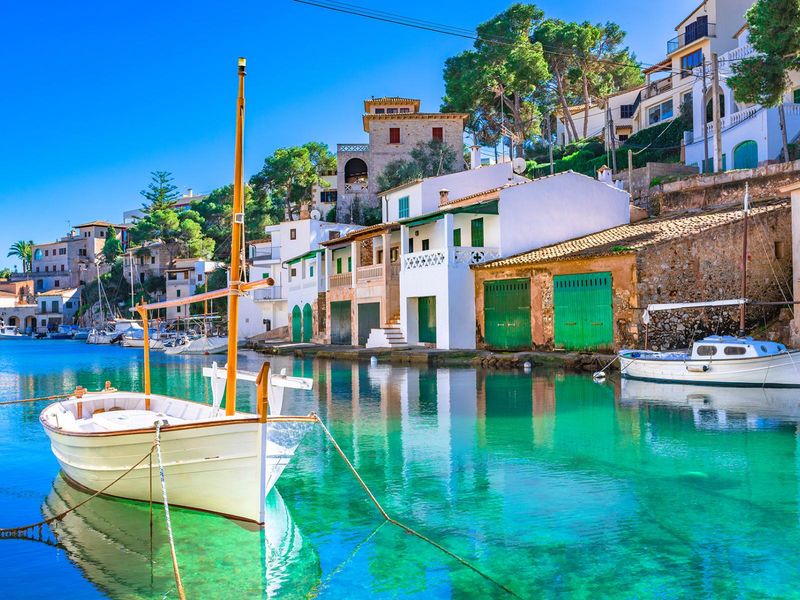
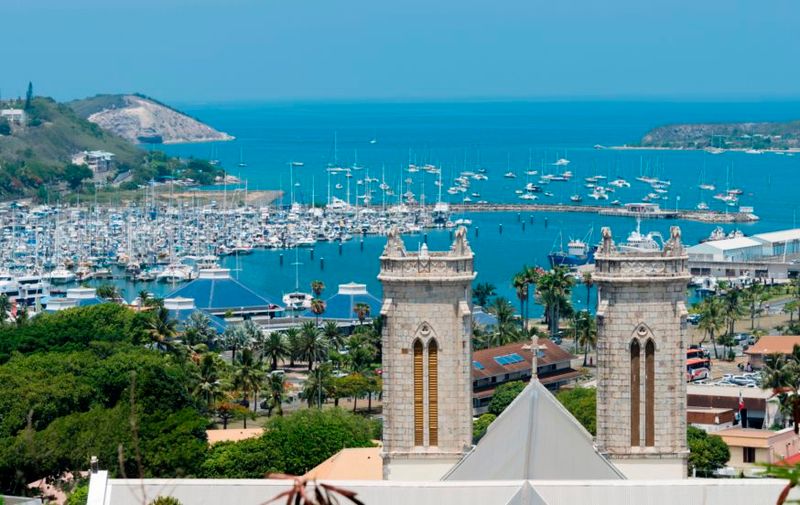
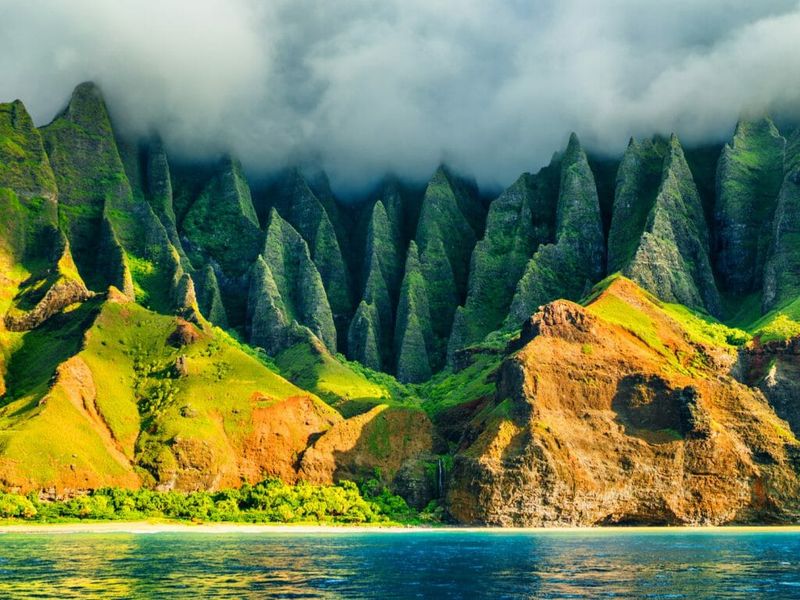
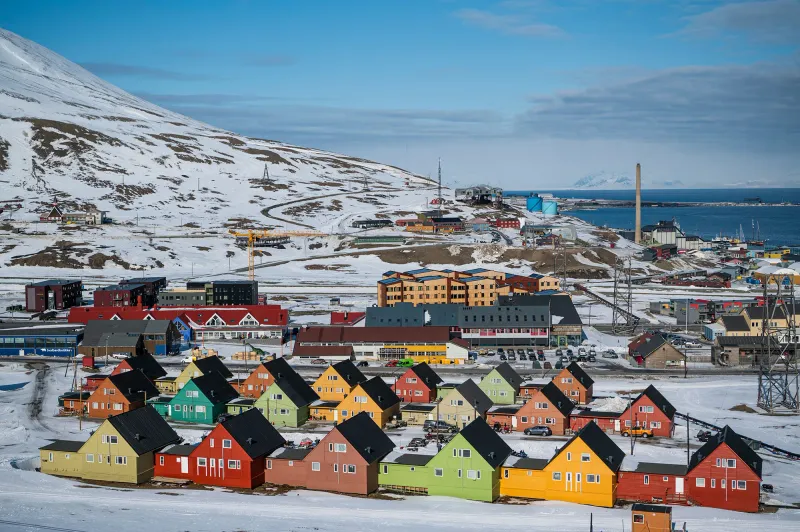
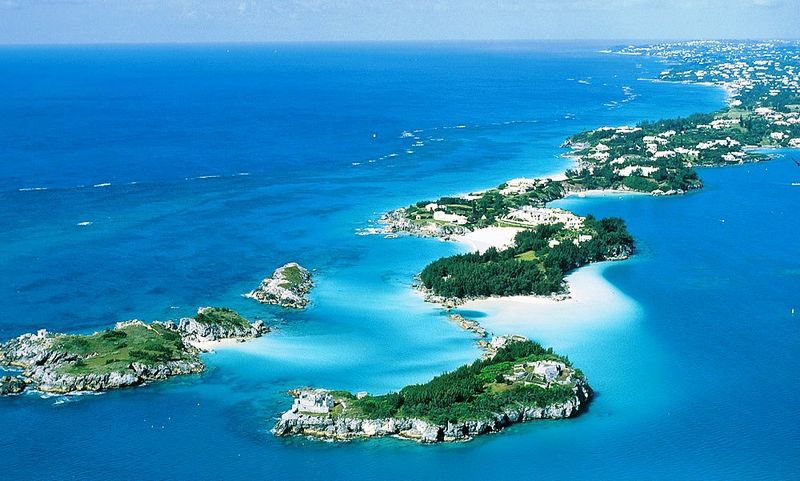
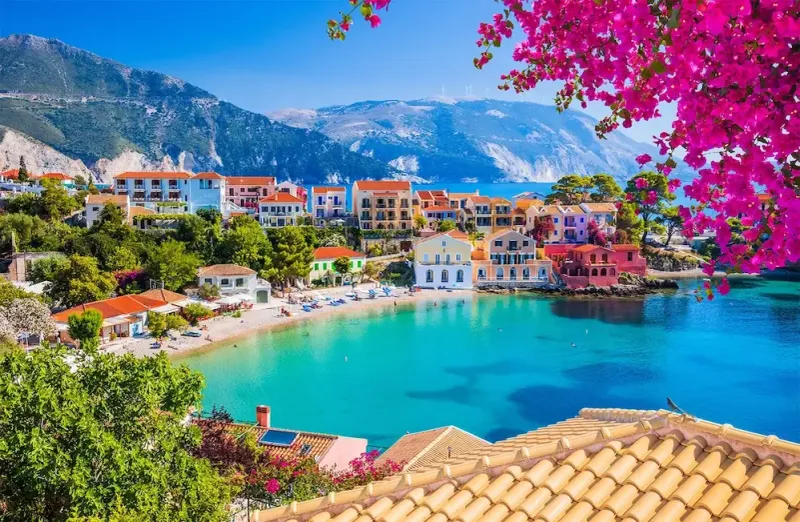
Comments
Loading…